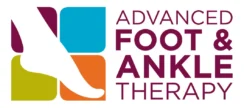Robyn's story
Early in my career Physiotherapy career in the mid 1980s, I was on a long flight home after a year travelling the world and working in the UK. The travelling was great, but as I reflected on my career and the prospect of finding a new job when I got home, I realised that I wasn’t really looking forward to it.
I felt frustrated, disappointed and uninspired because I my treatments didn’t seem to be producing the results I expected. My clients weren’t responding with improved pain, mobility and function and I started to question if I was in the right profession. At that moment, I even considered changing careers. I desperately needed to find a job with a physiotherapist who would teach me what worked.
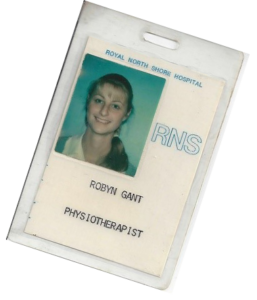
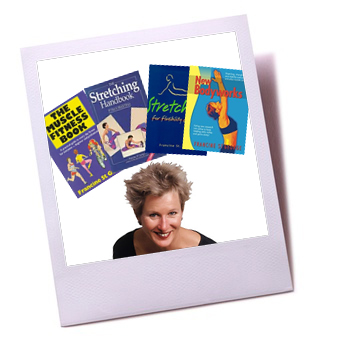
Somebody was listening because within a few weeks, I got a a great job with an inspiring physiotherapist Francine St. George, who would change everything for me. She wasn’t just a clinician, but also a researcher and clinical educator. She opened my eyes to a more integrated way of viewing the body.
This was not how I was trained to think. She taught me the importance of knowing the anatomical detail; understanding how one part of the body affected another; a whole new set of manual therapy skills, and a different mindset. Her training enabled me to transform the results I was getting with my clients.
Finally, I felt like I was on the right track. While it wasn’t easy, I could see that the effort was worth it. This mentor not only showed me new possibilities, but also what I wanted to become; to do for others what she had done for me.
Inspired by her knowledge and expertise I embarked on Masters’ Degree in Physiotherapy at the University of Sydney, which I competed in 1996. I was again fortunate to work with an inspired, supportive and technically gifted team, researching the three-dimensional movement of the foot during walking.
Through this I learned to ask my own questions, embrace problem solving as a team, but most surprisingly, how little we really knew about how the foot and ankle moved. Even my mentor found treating the foot and ankle challenging, and asked me to teach this section of her innovative manual therapy courses.
The combination of deep enquiry required by the rigours of academic research, and assisting my mentor in her teaching, were critical turning points in my career. It laid the foundations for this course.
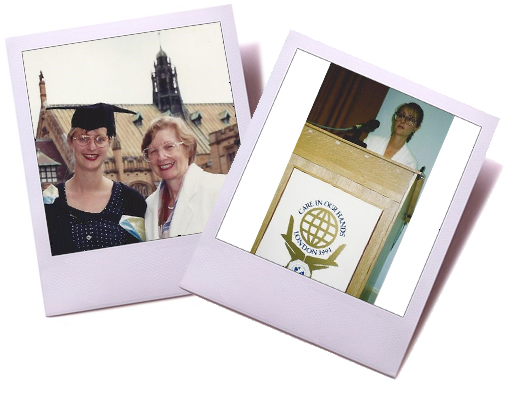
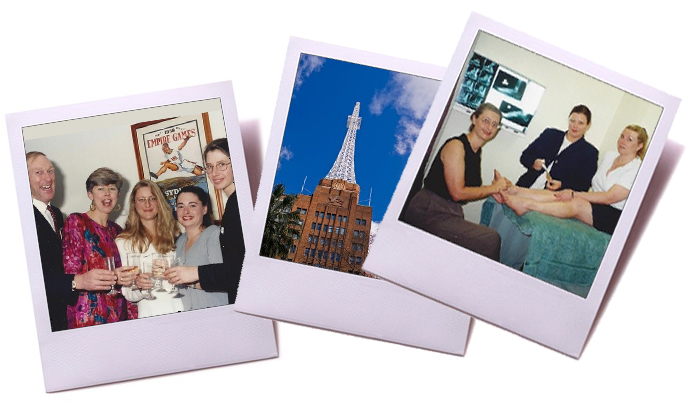
In the decades that followed in my own private practices, I have employed and trained a team of physiotherapists, and worked collaboratively other practitioners including Foot and Ankle Orthopaedic Surgeons, Podiatrists, and Osteopaths.
I have presented at Physiotherapy, Sports Medicine, Podiatry and Foot and Ankle Orthopaedic conferences, and conducted my own foot and ankle clinical education workshops across a range of health professions.
Through this, I have come to appreciate how teaching and mentoring others fuels my passion for learning, and continually evolves my practice.
Besides my work, my other passion is art. Over the last decade I combined my Physiotherapy work with formal study in a Diploma in Fine Art. This course encompassed life drawing, painting, sculpture, photography and printmaking. I loved the balance this brought to my life, and I enjoyed the immersive experience and structure the course provided. What I hadn’t anticipated was how developing my art practice would assist my physiotherapy practice.
Majoring in sculpture helped me understand the point of balance in a structure. This enabled me to see more easily where the body was out of balance and appreciate the impact this was having on the foot. I often feel as if I am sculpting the bodies of my clients with manual therapy.
I also noticed how the intense observation of the tone and shape of the human form in life drawing, enabled me to see more clearly the subtle imbalances in the bodies of my clients. It felt as if a veil had been lifted.
Understanding colour theory and its effect on our emotional states also influenced my clinic environment. In my clinic I combined the naturally occurring warm, cool and neutral colours found in the fig, because of the energising, calming and grounding effects on my clients. My practice walls are adorned with art works that create a sense of balance, which my clients enjoy and find relaxing.
There is an art and science to being and advanced therapist. The art is in the subtlety and nuances of how we listen and communicate, and observe, sense and work with the body to improve function and relieve pain. This course is the culmination of the many lessons I have learned that have transformed my practice.

